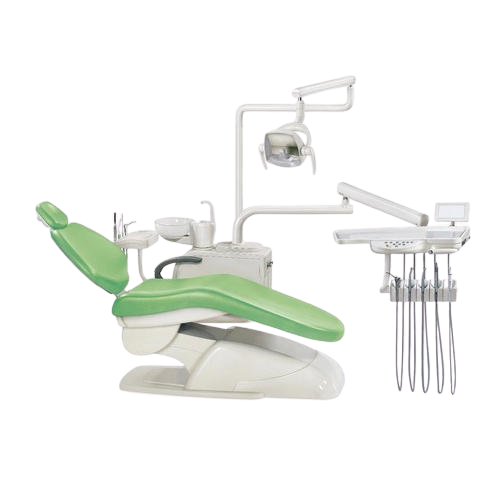
What are Dentures?
Are you in the process of researching different types of dentures to see which one is right for you? We can help! Join us as we explain a few types of dentures and find out which one is the best for you.
Types of dentures
- Traditional/Conventional Complete Full Dentures
- Partial Dentures
- Custom Dentures
- Immediate Dentures
- Implant Supported Dentures
- Snap-In Dentures
- OverDentures
- Upper Dentures
- Economy Dentures
Traditional/Conventional Complete Full Dentures
Complete dentures replace all of a patient’s teeth. They sit on top of the gums, as opposed to dental bridges that are anchored to existing teeth. Complete dentures are typically placed within 8-12 weeks after the teeth have been removed/extracted.
Partial Dentures
Partial dentures are used when a patient still has some of his or her natural teeth, such as when one or more teeth remain in the upper and lower jaw. There is a pink-colored base that is attached to a metal piece. These two pieces hold the denture in the mouth.
They are convenient and removable, which means you can take them out whenever you need to. Partials help to prevent the other teeth from moving, and are made from all-acrylic or acrylic material.
Custom Dentures
Custom dentures are made of more expensive teeth, which results in a more natural-looking smile. You can actually see the new denture before it is completed. The denture is customized for your smile so it is natural looking and suits your needs.
Immediate Dentures
With implant supported dentures, a dental implant is used to securely support the denture. The denture provides a great amount of support for a solid foundation, which allows the denture to stay securely in place. The dental implant also looks natural and will last long, too.
Snap-in dentures
Snap-in dentures are the most effective choice when it comes to stability. They are held securely in place with the help of dental implants or anchors onto the existing teeth.
What makes them unique is the locator attachments embedded within the tissue side of the denture. The locator attachments snap onto the implants or onto the locator receptors. This means they are convenient and removable (like partial dentures).
Snap-in dentures are usually used when a patient doesn’t have any teeth, but still enough bone to support an implant.
Overdentures
An overdenture sits on top of the gums and is held in place with dental implants. It can be placed on the upper and/or the lower jaw, depending on the patient’s needs. The overdenture is also removable.
Upper Dentures
Upper dentures are just that—-dentures for the upper teeth. If you are missing teeth in the upper jaw, upper dentures may be the best solution for you.
Economy Dentures
Economy dentures are sometimes the most cost-effective type of denture. They are a generic denture, which means they don’t fit securely or comfortably in the mouth, and they look fake. Therefore, denture adhesive is needed for a more secure fit.





